Hi, friends! Welcome to Installer No. 65, your guide to the best and Verge-iest stuff in the world. (If you’re new here, welcome, get ready to take up all your phone’s storage space, and also you can read all the old editions at the Installer homepage.)
This is the last Installer of the year! I’m taking a couple of weeks off for the holidays, and I hope you’re getting some relaxation in too. Thank you so much to everyone who has subscribed to this newsletter, emailed me your recommendations, told me I’m a lunatic about to-do lists, and generally been part of the Installerverse this year. Making this newsletter is so much fun, and I’m so thrilled to get to do it with you. Bigger and better next year!
This week, I’ve been reading about Spotify’s ghost artists and Formula 1 and Mufasa and the deeply silly New York Jets, watching Hot Frosty (you can judge me, it’s fine) and re-watching 30 Rock, beating Balatro for the very first time, and trying to convince my toddler that it’s actually not fun and cool and great to wake up at 4am every day.
I also have for you a nifty new smart home controller, a new app for the future of social networks, the next Sonic movie, and much more. Plus, our most-requested homescreen… ever? Let’s do this.
(As always, the best part of Installer is your ideas and tips. What are you into right now? What should everyone else be playing / reading / watching / building / upgrading this holiday season? Tell me everything: installer@theverge.com. And if you know someone else who might enjoy Installer, tell them to subscribe here.)
The Drop
- Home Assistant Voice. I am currently actively avoiding becoming a Home Assistant person, because I know as soon as I get a Green in my house I’ll become a full-on smart home lunatic. But this new voice assistant and microphone — you can call it Jarvis! — has me more enticed than ever. I might spend the holidays tearing my house apart.
- Flipboard Surf. I’ve been ranting and raving for two years about how the fediverse is the future, and Surf — a way to create and consume feeds of all kinds, from Mastodon and Bluesky to RSS and YouTube — is the best evidence I’ve seen yet. The app’s waitlist-only and opening up slowly, but you should get on the list. Surf is awesome.
- Google Whisk. Prompt engineering was… never a good idea. Google is one of the companies trying to find better ways — in this case, it built a way to prompt its models just by uploading some inspo images and then describing what you want. I don’t know if it’s useful, per se, but it’s fun to play with.
- Sonic The Hedgehog 3. I feel like nobody ever talks about the Sonic movies? But I’ve really enjoyed the first two, and the reviews on the latest installment are really strong. And apparently Jim Carrey is on a whole new level in this one.
- Acorn 8. Acorn is one of my favorite Mac apps. It’s like Photoshop for babies, in the sense that it can’t do everything but it also doesn’t require a master’s degree to use. The new version brings a bunch of automated editing and selection features, Shortcuts integration, and some other useful new stuff.
- Niagara Launcher. Niagara remains my favorite Android launcher, and I really like the new Usage Breaker feature that helps you track and manage your screen time. It’s much more subtle, and much more thoughtful, than all the OS-level stuff Google and Apple are doing.
- 1-800-ChatGPT. A phone hotline for chatting with AI is definitely at least half a gimmick, but I kind of love it? (You can also message the number on WhatsApp.) There’s a long and delightful history of phone-number tech products like GOOG-411 and 777-FILM, and I’m glad it’s not over.
- The LG Signature OLED T. For our last Installer of the year, the most expensive thing we’ve ever discussed: a 77-inch, kinda-sorta transparent, fishbowl-looking TV that is both extremely cool and totally pointless, and is now on sale for $59,999. If you buy one of these, email me. I need to know everything.
Screen share
There’s a document I wrote when I was first planning Installer, in which I wrote down a bunch of people who seemed like perfect people to feature in a homescreen-sharing section. Hank Green was the very first name on that list. Hank is a YouTuber and a TikToker and an educator and a standup comic and a merchant slash philanthropist and an author and just, like, everyone’s favorite person on the internet it seems? I can think of few people as Installer as Hank.
And for this, the last issue of the year, Hank agreed to share his homescreen! (He also assigned me a story in the middle of our email exchange, which I’ll allow, because it was a very good story idea.) I sort of hoped he’d have 12 phones, each for a different social platform, but alas it appears it’s just the one.
Here’s Hank’s homescreen, plus some info on the apps he uses and why:
The wallpaper: My son attacking me with a cat tail and the planet Mars.
The apps: Shopify, Wikipedia, YouTube, Duolingo, Apple Notes, Google Authenticator, Google, Philips Hue, FocusFriend, Gmail, Phone, Messages, Google Calendar.
I know it’s a mess. All of this has evolved over years and now I just know where everything is and can never change anything. If there’s any hot take on this home screen, it’s that more people should use Wikipedia as a primary search engine — it’s often where you’re going to end up anyway, so I keep that very handy. Also, I recently moved Twitter out of my social networking folder to make it harder for me to use. It’s like three swipes away now, though still on my phone. I run several Shopify stores that are a big part of my business, so that’s why that’s there!
By far the most-used non-social media app on my phone is Notes. I rely on it in a very unhealthy way that makes it an extremely entertaining scroll… for me at least. My short-term memory isn’t what it used to be, so everything ends up in there. There is also a secret project on here that I could have removed but instead we’re doing a soft-launch… you can probably spot it if you look hard enough.
I also asked Hank to share a few things he’s into right now. Here’s what he sent back:
- Adrian Tchaikovsky. If you haven’t read any, read Children of Time, but if you’ve only read the Children of Time series you’re missing out on so many very interesting ideas about what minds are and the bizarre and exciting future we are headed into.
- Bluesky. It’s where the nerds are, and so, five years from now, it’s where everyone will be.
- The Narwhal Wikipedia Page was robustly and entertainingly analyzed by this YouTube channel HG Modernism, and I loved it so much and you’re silly if you don’t watch it.
- Sean Carrol’s Mindscape: If sometimes you think, “I like that Hank Green but he isn’t technical enough and doesn’t take on deep enough topics like the origin of life or consciousness,” BOY DO I HAVE A PODCAST FOR YOU!!
- Frontline: The PBS investigative documentary show. It’s just extremely good and I feel like it is totally underappreciated. Like, long YouTube videos analyzing things are great, but you know what’s even better? When a large team of professionals work together on a long video analyzing things. The fact that I have more subscribers than Frontline on YouTube is FUCKED.
Crowdsourced
Here’s what the Installer community is into this week. I want to know what you’re into right now as well! Email installer@theverge.com or message me on Signal — @davidpierce.11 — with your recommendations for anything and everything, and we’ll feature some of our favorites here every week. For even more great recommendations, check out the replies to this post on Threads and this post on Bluesky.
“If you haven’t played with Tana yet, I think that it is just about the most mind-blowing technology out there for personal knowledge management. It is a next-next-generation version of where knowledge graphs are going.” — Robert
“Probably a show that’s a little under the radar right now is the show The Agency. Star-studded cast such as Michael Fassbender, Jeffrey Wright, and Richard Gere. This is a show that asks a lot from the viewer but is handsomely rewarded.” — John
“Planning on building my second Classic-TKL keyboard from NovelKeys over the holiday break. The real challenge will be figuring out which keycaps to put on it!” — Noah
“The ABC procedural High Potential has scratched the itch I’ve had since similar concept shows like Monk, Psych, or the Mentalist went off the air. Is it revolutionary…no. But if you love ‘person with special talent solves crimes’ this is a show for you.” — Mike
“I’ve been trying all these Bluesky/fediverse clients. I like: OpenVibe, Graysky and Skeets.” — Jordan
“One of the best shows about AI I watched in the past year, Pantheon, is on Netflix instead of AMC Plus jail. Highly recommend!” — Saad
“It’s not going to spread Christmas cheer, but last night I went to a theatre near me to see The Order. It’s a pretty limited theatrical release (and on Prime Video in the rest of the world) but the movie is fantastic. It’s based on real life events involving a (more) violent splinter group of the Aryan Nation in the Pacific Northwest. It’s violent, it’s scary, it’s full of slurs and cop cliches but it really happened.” — John
“I am way late to the party but I am really enjoying Suika Game for the Switch. Nice change of pace compared to what I usually play and today I managed to get my first watermelon.” — Filip
“Read it before, but never finished the series, so I re-picked up the first in the Murderbot Diaries series and am super enjoying it (again).” — Dan
“Reading The Shallows by Nicholas Carr. It’s a very sobering read about our relationship with the internet, written in a manner that traverses the entire history of humans’ relationship with technology, literacy, and information intake.” — Joe
“That new Superman trailer!” — Nacho
Signing off
One of my very favorite kinds of stories is how things beget other things in ways nobody could have seen coming. Someone invented the elevator, and so skyscrapers happened, and cities changed forever. Some lobbyist comes up with the term “jaywalking,” and suddenly cars rule the road. Or the one I discovered this week: how the invention of the gang-nail plate somewhat unintentionally forever changed the houses people live in. Without a weird sheet of metal, we might not have open floor plans. Weird. I love it. And I bet there are a million more examples just like it. Blows my mind every time.
Have a great holiday, see you in a few weeks!
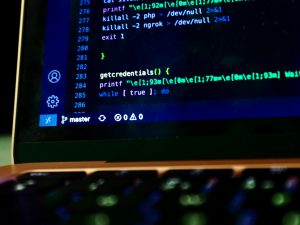


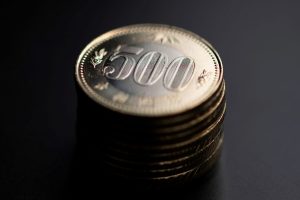










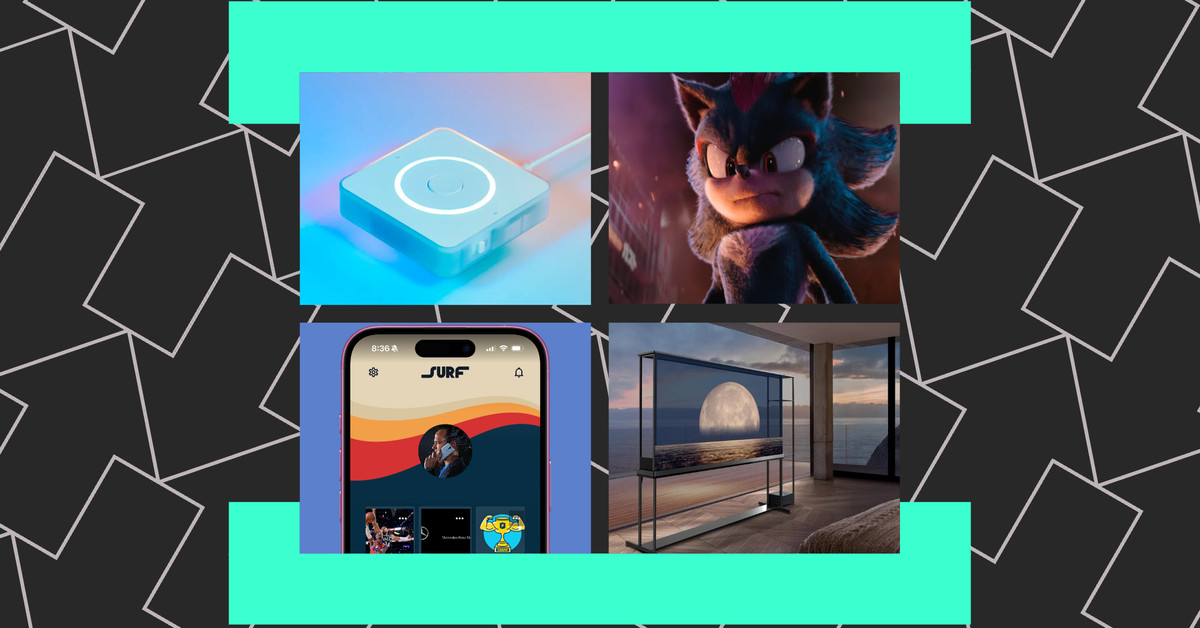
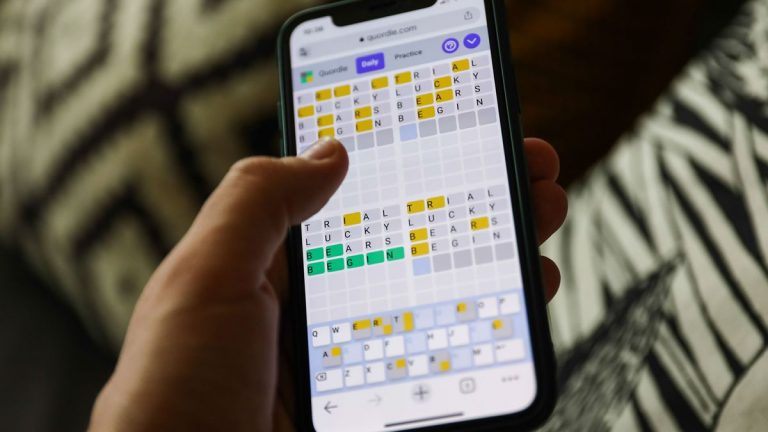

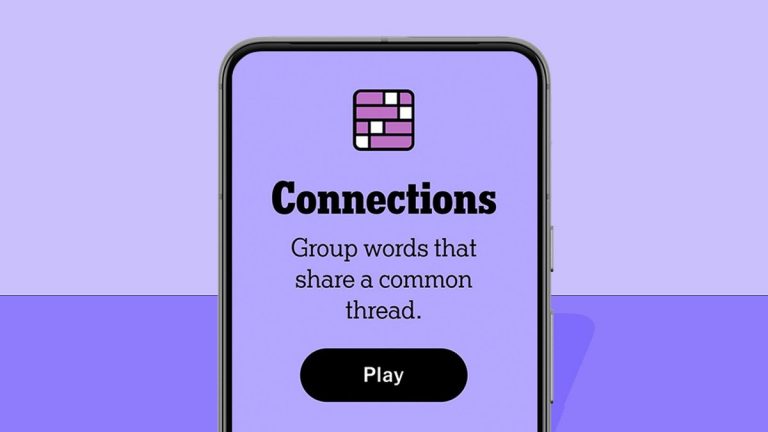
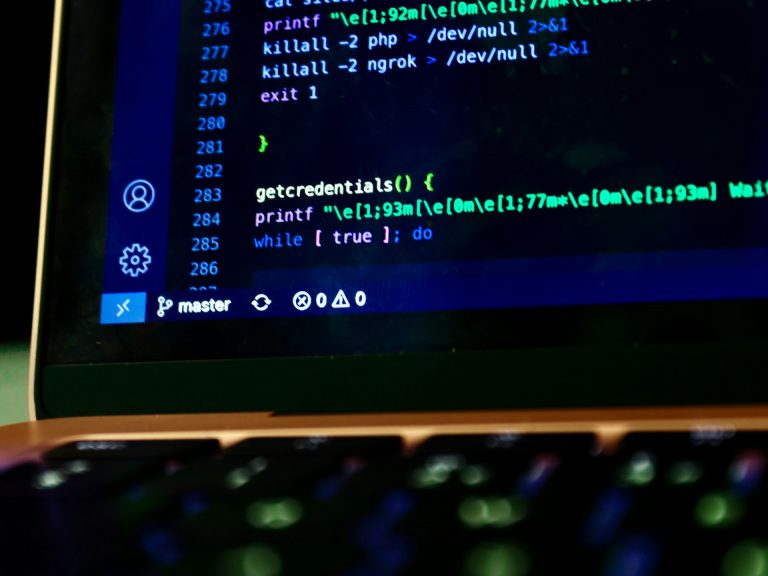




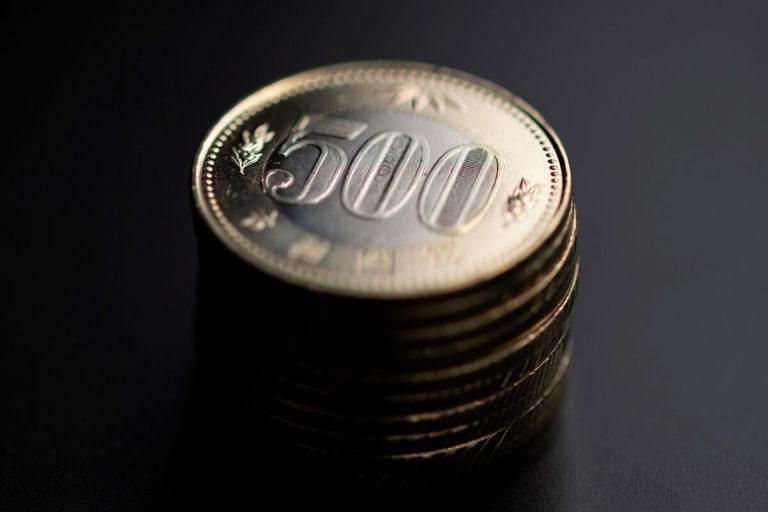



+ There are no comments
Add yours